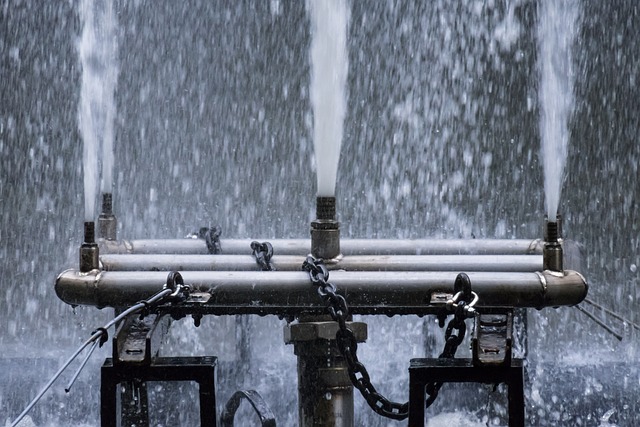Tree roots are a leading cause of low water pressure in homes and businesses, blocking or narrowing pipes and reducing water flow. Regular maintenance, including pipe inspections near trees and root trimming, is crucial for prevention. Proactive measures like professional inspections using advanced technology, installing root barriers, regular tree trimming, using rust-resistant pipes, and ensuring proper drainage systems can significantly reduce the likelihood of low water pressure issues, maintaining optimal water flow across properties.
Tree roots and underground pipe issues are silent intruders that can disrupt your home’s water flow. Understanding how tree roots infiltrate pipes and cause damage is key to maintaining optimal water pressure. This article delves into the intricate relationship between vegetation, plumbing, and low water pressure, offering insights on identifying problem areas and implementing effective prevention strategies. By exploring these causes of low water pressure, you’ll gain valuable knowledge for keeping your home’s water system running smoothly.
- Understanding Tree Roots and Their Effects on Plumbing
- Identifying Underground Pipe Issues Causing Low Water Pressure
- Solutions and Prevention Strategies for Optimal Water Flow
Understanding Tree Roots and Their Effects on Plumbing

Tree roots are a common culprit behind low water pressure issues in homes and businesses. These organic invaders can infiltrate pipes, causing blockages or narrowing them over time. As tree roots grow, they wrap around pipes, creating friction that reduces water flow. Even small roots can significantly impact water pressure, resulting in weak streams from faucets and reduced flushing power in toilets.
Understanding the connection between tree roots and plumbing is essential for homeowners and property managers. Regular maintenance, including inspecting pipes near trees and trimming roots as they approach pipes, can help prevent these issues. Identifying causes of low water pressure early on, such as root intrusion, allows for prompt action to restore optimal water flow and avoid more severe plumbing problems.
Identifying Underground Pipe Issues Causing Low Water Pressure

Low water pressure can be a significant issue for homeowners, often indicating problems within their plumbing system. One common cause that goes unnoticed by many is the presence of tree roots and underground pipe issues. Trees, in their quest for water and nutrients, can infiltrate pipelines, causing blockages and restrictions in water flow. This natural phenomenon can lead to a range of symptoms, including reduced water pressure at taps and fixtures.
Identifying these root intrusions requires professional inspection. Plumbers use advanced techniques like camera inspections to visualize the pipes and pinpoint exact locations of damage or obstruction. Once detected, the next step involves implementing solutions to remove the roots and repair any leaks or breaks in the pipelines, thereby restoring optimal water pressure throughout the property.
Solutions and Prevention Strategies for Optimal Water Flow

To address Causes of Low Water Pressure stemming from tree roots and underground pipe issues, proactive strategies are essential for optimal water flow. Regular maintenance is key; scheduling professional inspections can help identify potential problems early on. During these checks, experts can use advanced technology like cameras to inspect pipes, detecting root intrusions or structural damage that could restrict water flow.
Prevention is equally vital. Homeowners should consider implementing protective measures like installing root barriers around vulnerable pipes and trimming trees regularly to maintain a safe distance from underground infrastructure. Using rust-resistant materials for pipes and ensuring proper drainage systems further mitigate risks. By adopting these solutions, you can significantly reduce the likelihood of Causes of Low Water Pressure related to tree roots and underground pipe issues, ensuring a steady and strong water flow in your home or commercial property.
Tree roots and underground pipe issues are significant contributors to low water pressure. Understanding these causes and implementing appropriate solutions can ensure optimal water flow in your home or business. By addressing root intrusions and maintaining pipe integrity, you can prevent costly repairs and maintain a steady water supply. Remember, proactive measures like regular plumbing inspections and tree root mitigation techniques are key to avoiding the common pitfalls that lead to low water pressure.
